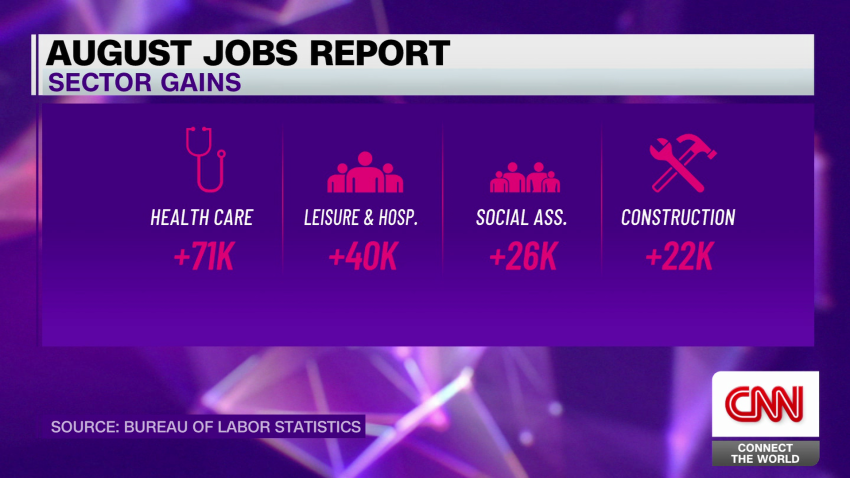New York State is the latest jurisdiction to implement a pay disclosure law that requires employers to list salary ranges for open roles. It is among the 10 states, five cities and at least one county that have enacted such laws.
Under New York State law, employers with four or more employees are now required to disclose in any job listing the minimum and maximum salary or wage range the employer expects to pay the person hired for the position.
In addition to jobs performed in New York State, the new law also applies to any job that could be performed out of state but for which an employee reports to a “supervisor, office or other worksite in New York,” according to the law firm Fisher Phillips, which runs a pay equity practice.
It should be noted, too, that three localities within the state — New York City, Ithaca and Westchester County — have their own pay disclosure rules already in effect and the new ones from the state will not supersede or preempt them.
Navigating a patchwork of rules across the US
Compliance for employers can be complex because each state and city law has its own particulars.
“We’re seeing a patchwork [of different pay disclosure requirements], which makes it hard for multistate employers to navigate,” said Monica Snyder Perl, a partner at Fisher Phillips.
They vary, for example, in how high employee headcount has to be before a company is subject to the disclosure rules.
Some laws require employers to disclose ranges just for base pay, but others mandate that information about compensation and benefits be included as well.
Some apply the rules only to jobs that will be done in the given jurisdiction, while others may extend them to openings for work that can be performed elsewhere but for which the new hire must report to a manager or office in the home state, city or county. Or they may also apply to a state, city or county’s residents working remotely for a company based elsewhere.
Most require pay to be disclosed in the job posting itself. But a few only require it upon the applicant’s request or during the interview process. And some laws also apply to internal promotions and job transfers.
Some employers try to make their pay disclosures more uniform
Given all the complexities, some multistate employers are trying to unify how they present information for job openings so that their disclosures meet the most stringent legal requirements, which are generally thought to be in Washington State, Perl said.
The Evergreen State requires all employers with 15 or more employees, at least one of whom is based in the state — or which engage “in any business, industry, profession, or activity in Washington” — to disclose a wage scale or salary range plus a description of benefits and other compensation in any job postings that recruit Washington-based employees.
So, for example, “If a company is headquartered in Kansas and employs 1,000 people in the US, but only has five people working out of a company office in Washington State, the company must indeed follow the Washington law for any jobs physically located in Washington or for any position that could be performed remotely by a Washington based worker,” Perl said.
The impact of the laws
All the pay disclosure laws are relatively new. The oldest one — in Colorado — has only been in effect since 2021. And the newest ones — which were enacted just this summer in Hawaii and Illinois — won’t take effect until next year (Hawaii) and in 2025 (Illinois).
So it’s too early to tell how helpful they are in giving employees and job applicants more of a leg up in pay negotiations, where employers have traditionally held almost all the power.
It isn’t helping that some employers have posted pay ranges so wide that the only thing a job candidate can glean is that the role likely won’t pay less than the bottom end of the range.
It also won’t be clear for some time whether the new disclosure laws, in conjunction with widely adopted bans on asking applicants about their salary history, are helping to narrow the wage gap for women and minorities, who historically have been paid less than white, male colleagues doing similar work.
The state of enforcement
While many of the laws enacted explicitly say that employers must offer “good faith” estimates of what they “reasonably” expect to pay someone at the time they post the job opening, it’s not clear how regulators will be able to police that.
So far, enforcement under the law — which often calls for hefty fines to be assessed when employers are not compliant — is still in its infancy, with regulators more likely to give employers a chance to come into compliance after a first-time offense.
But that doesn’t mean regulators aren’t getting complaints alleging violations.
In California, for instance, 2,700 complaints were filed in just the first four months of this year with the state’s labor commissioner’s office, according to the Society for Human Resource Management.
Leniency may continue until employers and regulators work out their questions about each jurisdiction’s pay disclosure rules, which are still being interpreted by employment lawyers and, in some cases, being amended by legislators.
“It’s an evolving area of the law,” Perl said.









